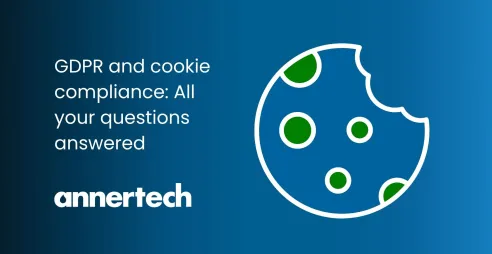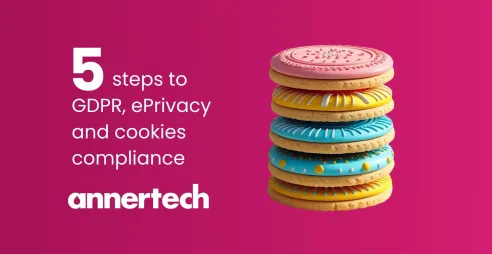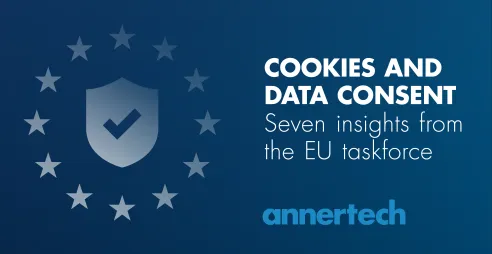From Cookies to Consent-driven Personalisation

Third-party cookies will soon be a thing of the past and it is going to shake up the online advertising and marketing world. But what does the death of third-party cookies mean for marketers and how can they continue to target existing and potential customers?
Profiling in a different way: Google Chrome & Interest-based Cohorts
Last year Google announced that they will no longer be using third-party cookies with regards to track users who use Chrome. With 64% of people using this browser as part of their everyday lives, this is a game-changer for marketers. Furthermore, Apple have also announced that their own browser, Safari, will be blocking third-party cookies, while Mozilla’s Firefox has had an option to block third-party cookies by default since 2019.
With the onset of data privacy laws that give consumers greater control of their personal data – such as GDPR (Europe) and CCPA (California, US) – Google will soon pivot away from collecting individual browsing data and are moving towards using artificial intelligence that is known as Federated Learning Cohorts that effectively bundle and anonymises your browsing preferences, putting you in a larger grouping with similar interests.
Though Google are yet to define what these groups will be based on and, indeed, how many there will be, marketeers will then supposedly be able to target users based on these interest groups. The jury is still out on how effective this will be in terms of accuracy and transparency but - as I will discuss next - there is a significant drive to use alternative methods to reach clients with relevant content online.
The shift from customer acquisition to consent-driven personalisation
Historically, digital advertisers used third-party data to compile significant amounts of information about new customers to inform their targeting and advertising. This purchased third-party data is typically collected by web cookie tracking from multiple sources, such as browsing and advertising. So, with this method of targeting customers being phased out, what next for marketers and how can they reach or sell to prospective customers?
Tom Bianchi, VP of Marketing at Acquia, recently wrote an interesting article about how marketing professionals can prepare for a cookieless future. The main thrust of what he speaks about is the necessity to move away from a third-party to a first-party data strategy – but what is first-party data and how do you harness it to effectively deliver consent-driven messaging and personalisation?
The necessity for a First-Party Data Strategy
First-party data is data gathered by tracking and observing user behaviour on a website or digital platform that then can be analysed and interpreted by marketers to build out segmentation and targeting.
The first thing companies need to achieve is the unification of data across the customer lifecycle that enables a 360° view of customer interactions to arrive at a “single source of the truth”. One of the best ways to do this is to use a Customer Data Platform (CDP) as part of a wider digital ecosystem know as a Digital Experience Platform (DXP).
I have previously written about how you can get customer insights from disparate data silos by using a CDP and indeed the benefits a DXP can bring in terms of orchestrating highly personalised content that is not reliant on third-party data.
In the not-so-distant future, customer experience will require a unified content and data journey that directly connects data to personalised customer experience without an intermediary.
It is through developing a first-party data strategy, in combination with a CDP/DXP, that marketers can create transparent, meaningful interactions with customers that continue beyond a single transaction and result in significant lifetime value.
In conclusion
With cookies now set to become obsolete, marketers will no longer waste time and money on advertising campaigns or product recommendations that feel invasive to customers as they move from site to site.
Through coalescing multiple first-party data points into a continuous data pipeline is the key for companies to create consistently relevant experiences.

Want to to talk to us about embracing a cookieless future?
Why not get in touch and we can walk you through how to harness a first-party data strategy.
Contact Us

